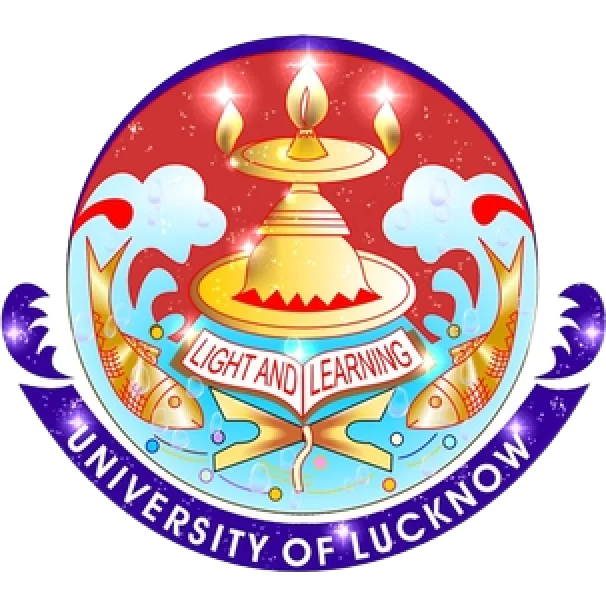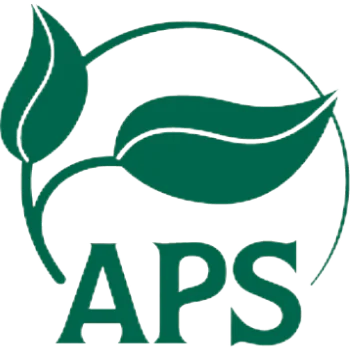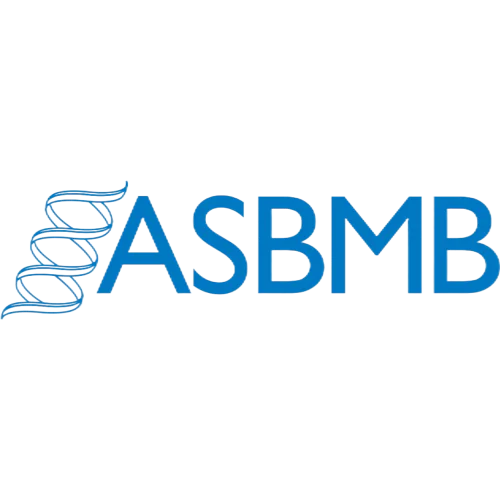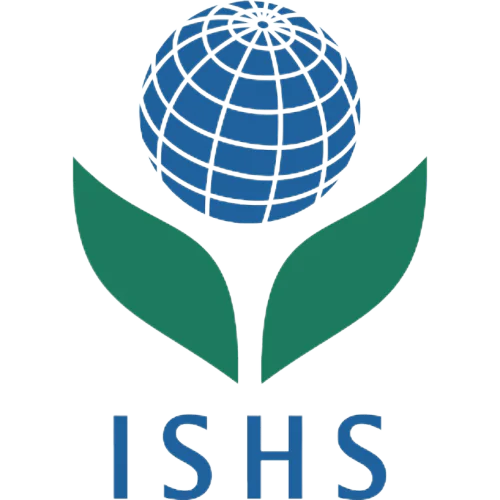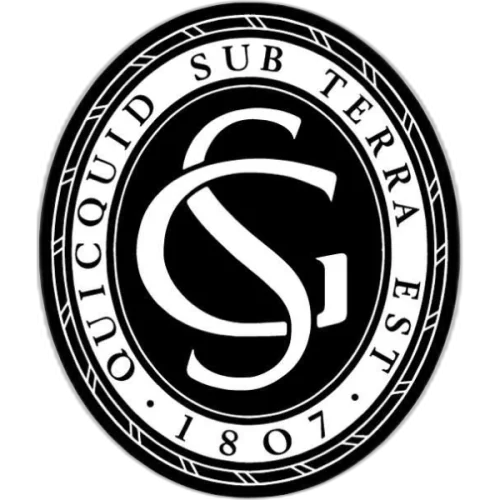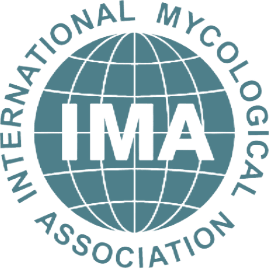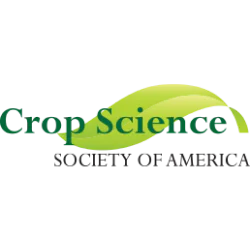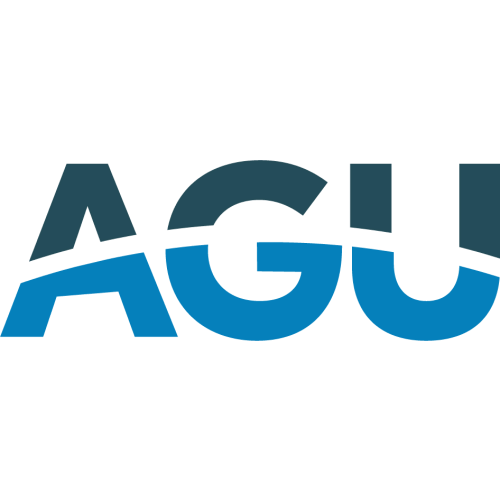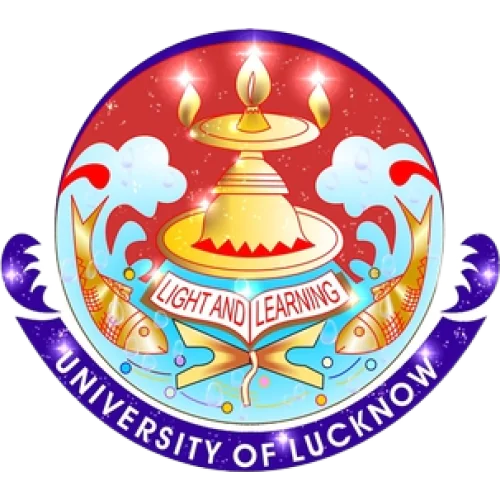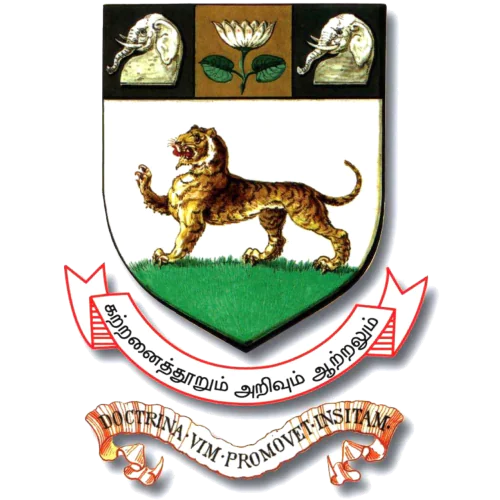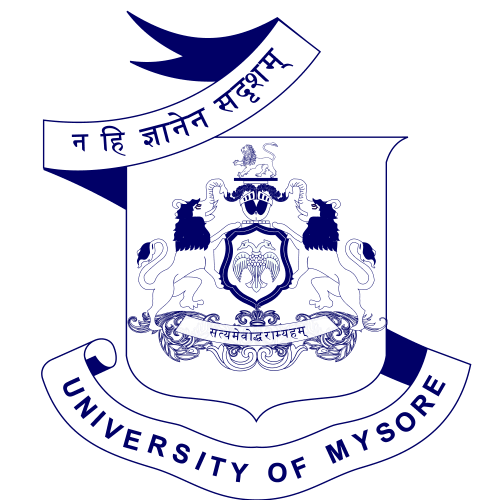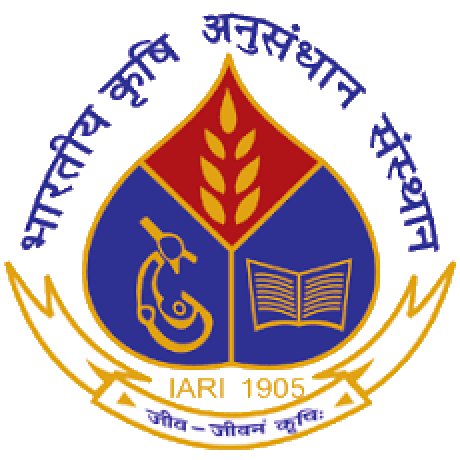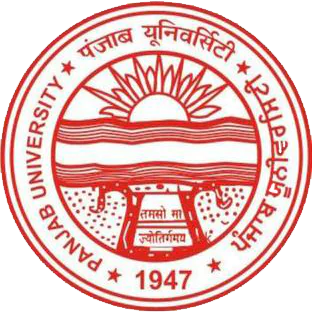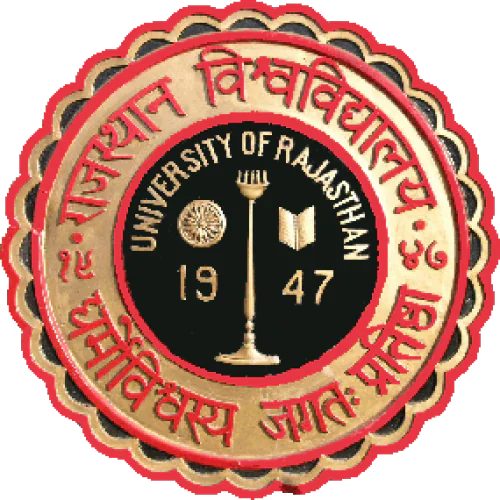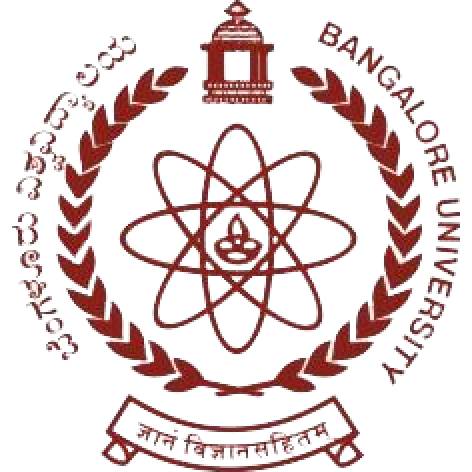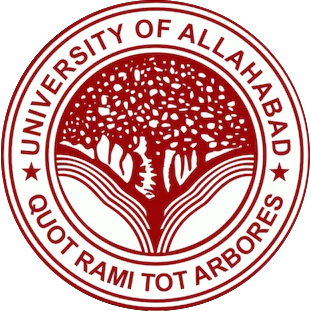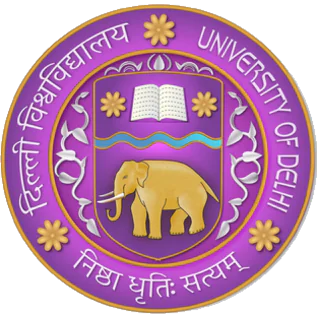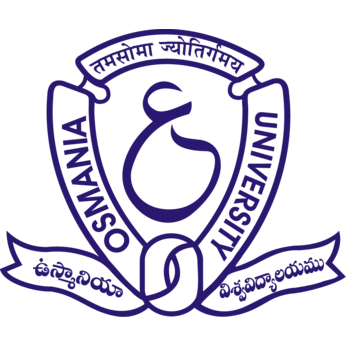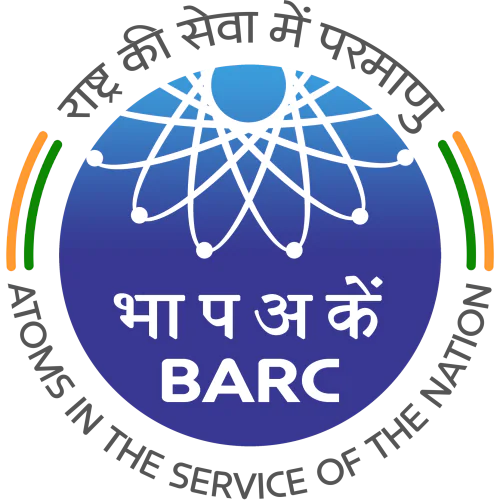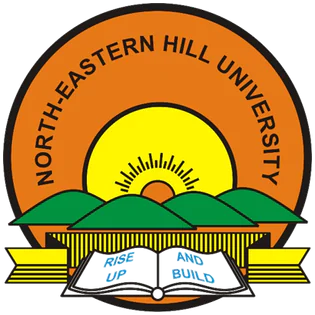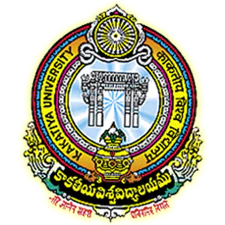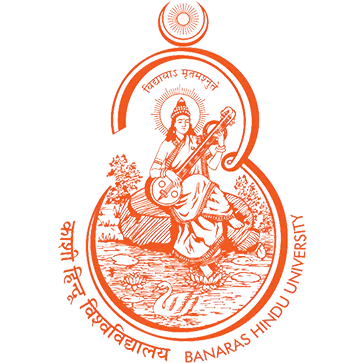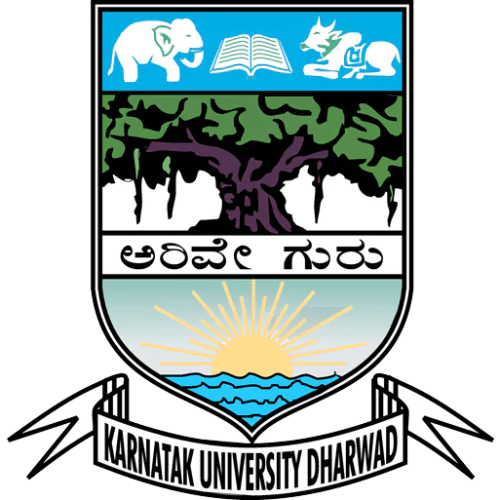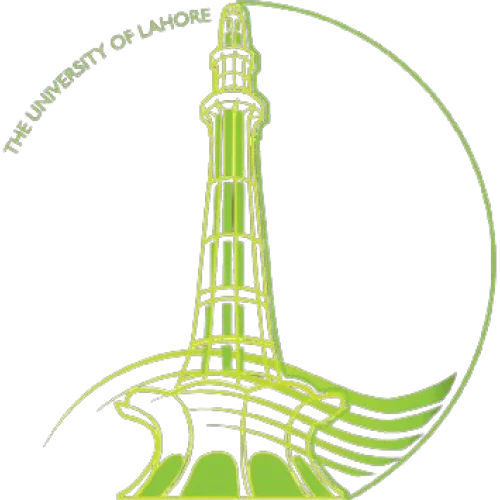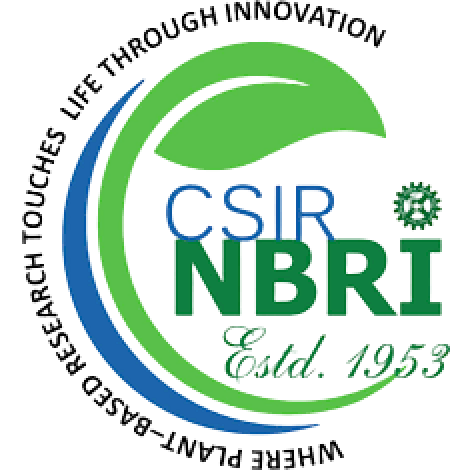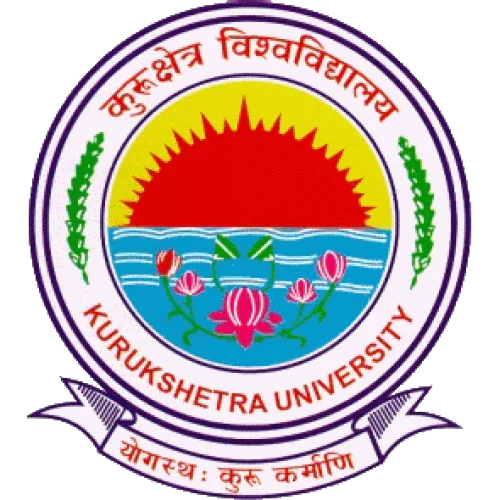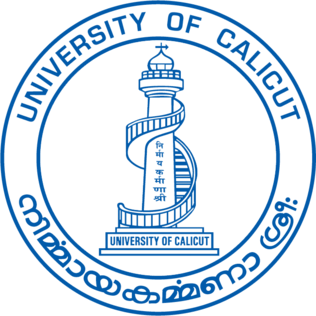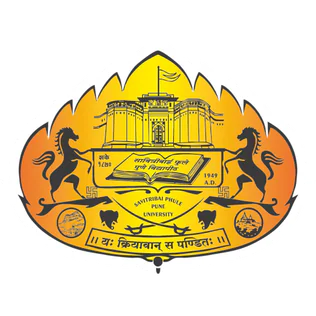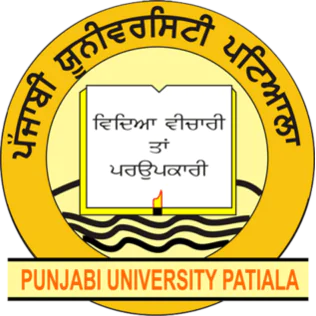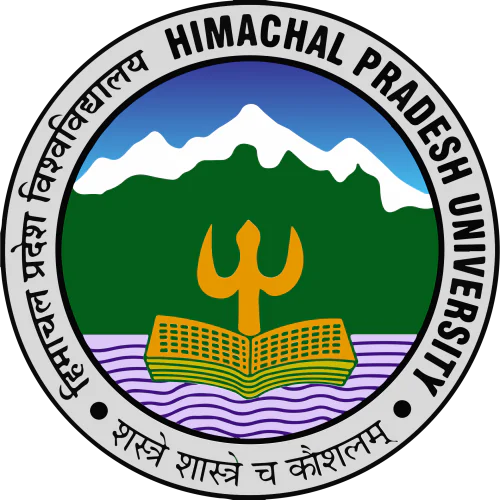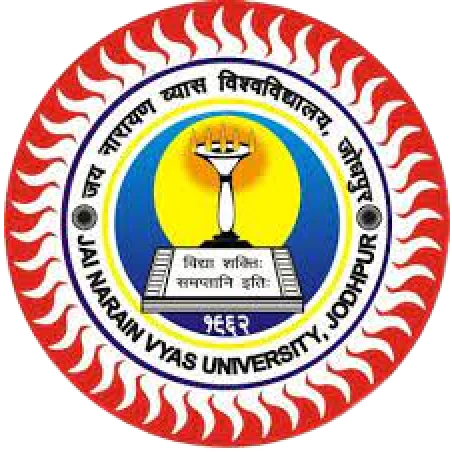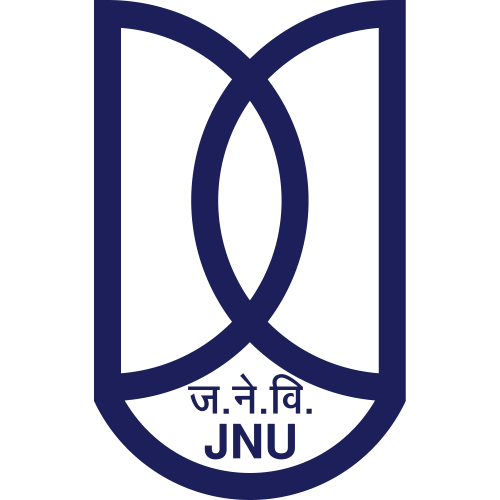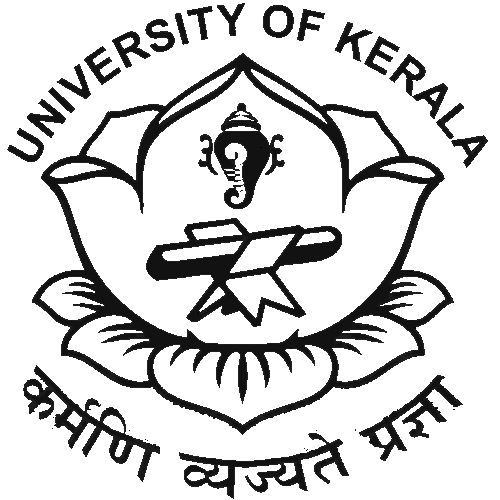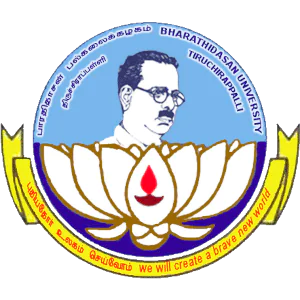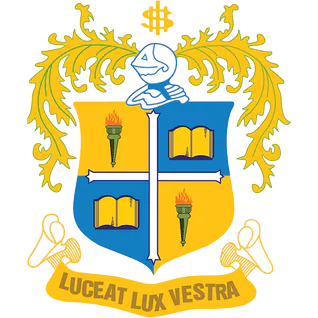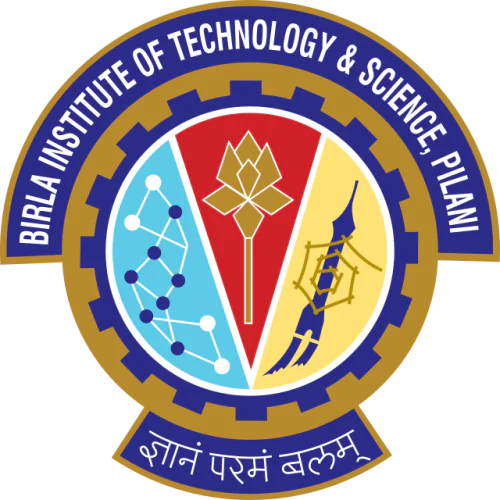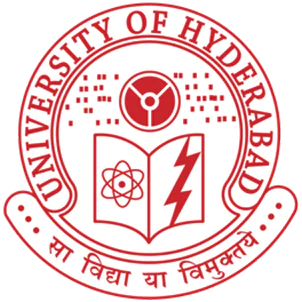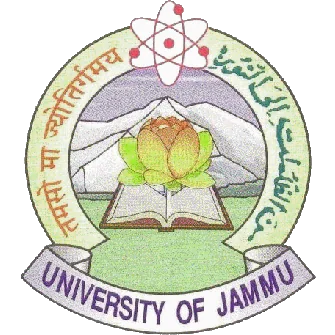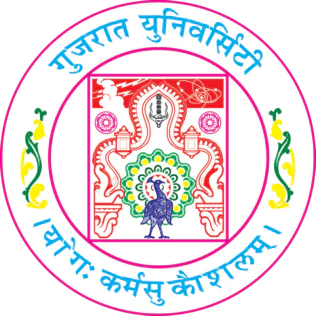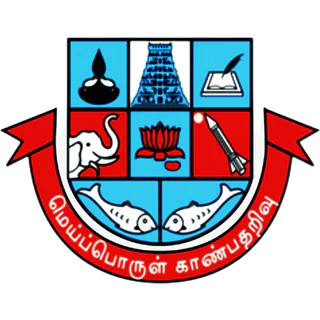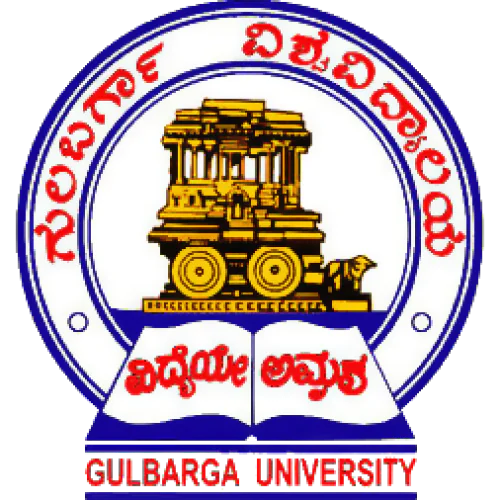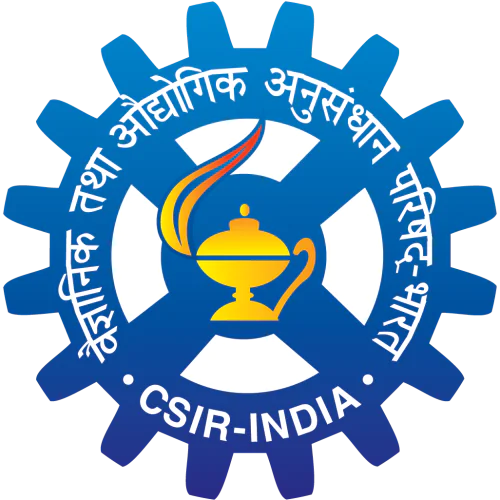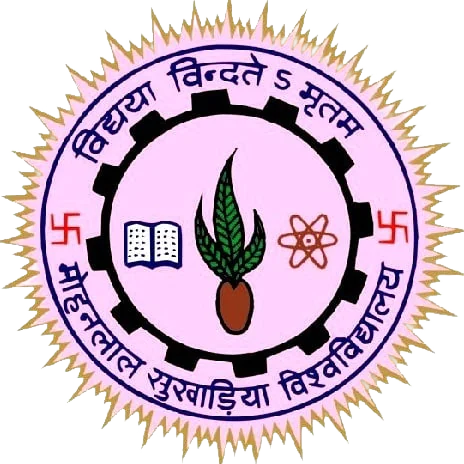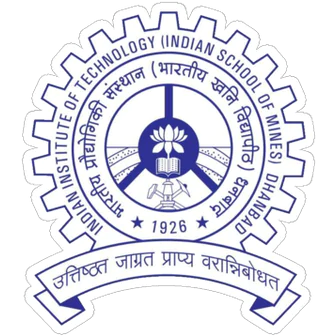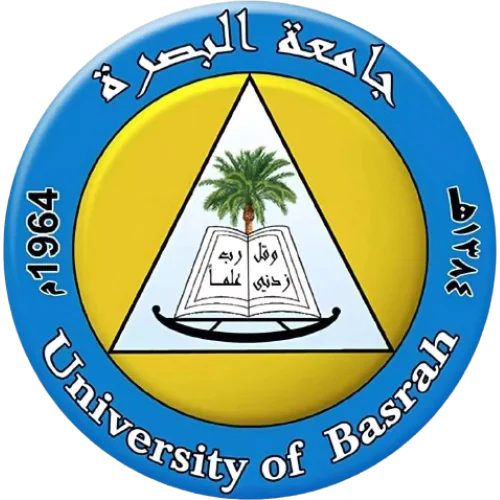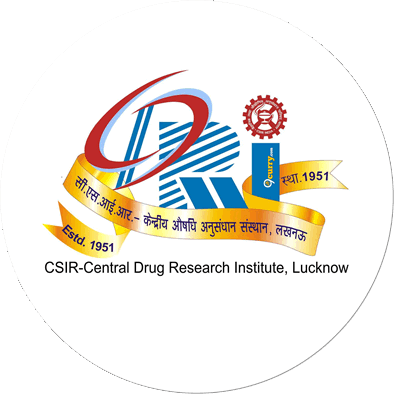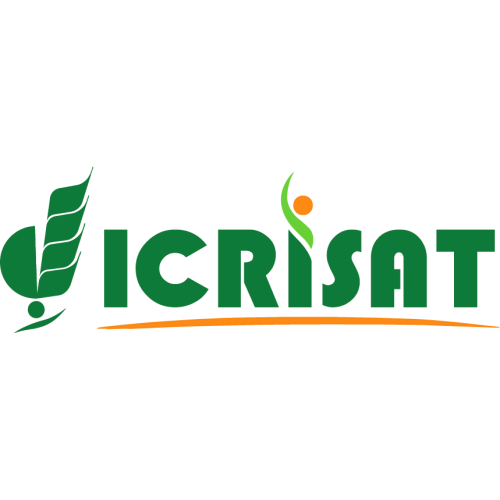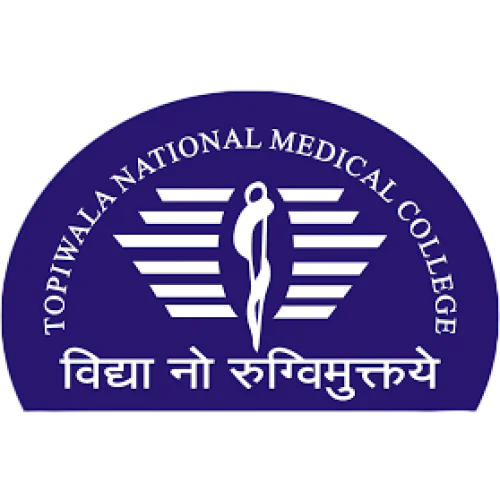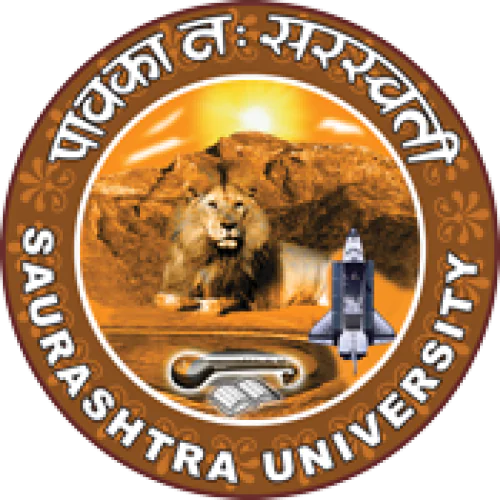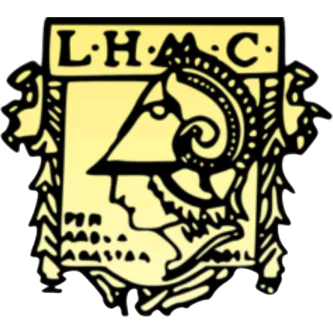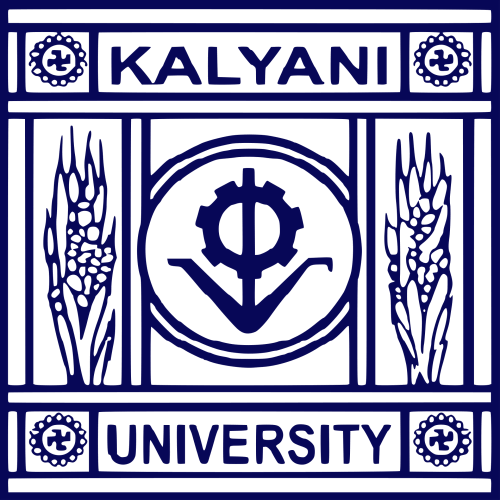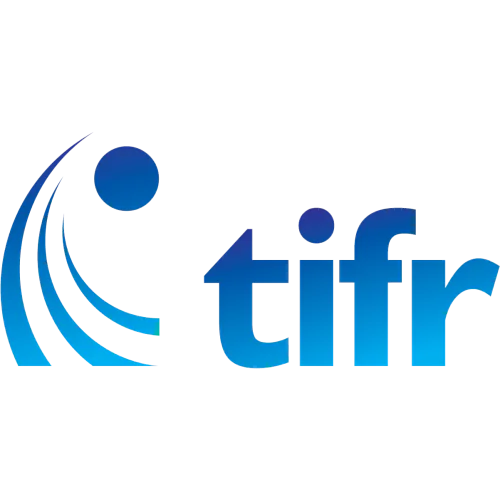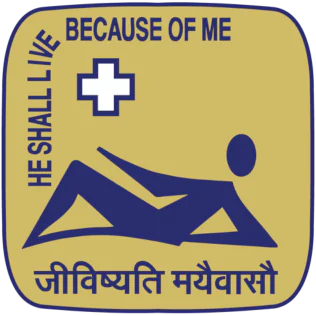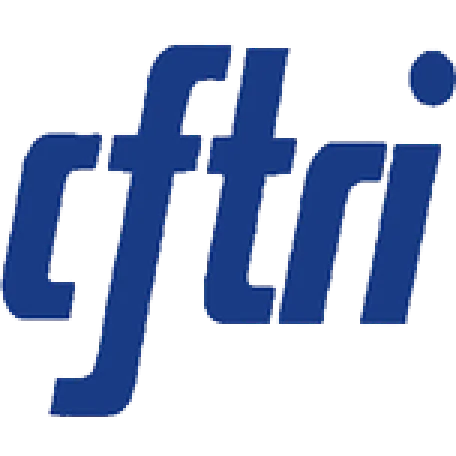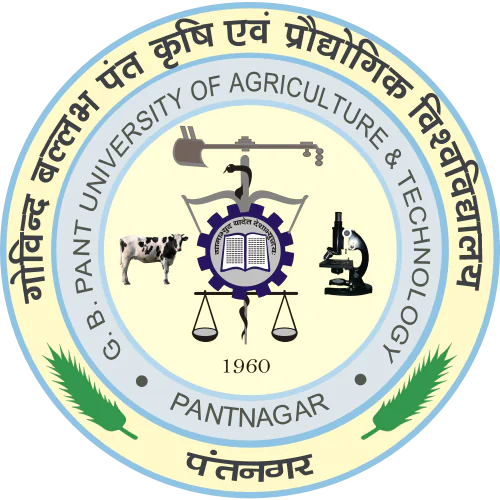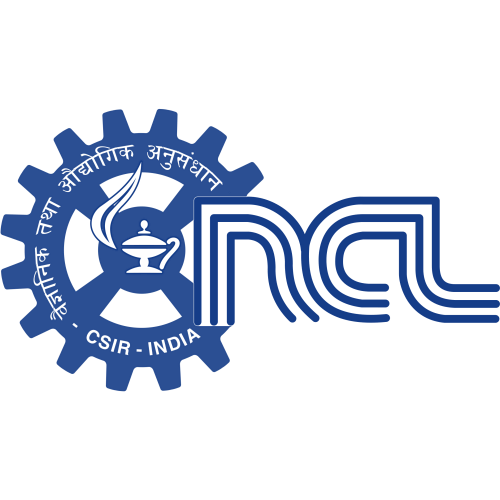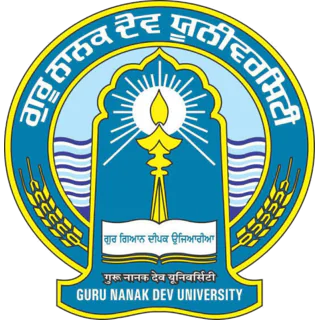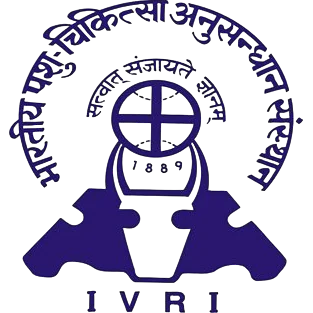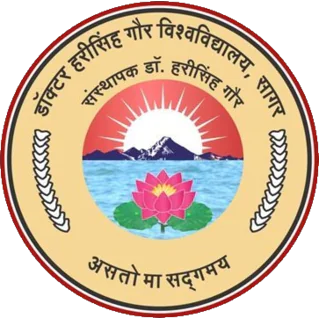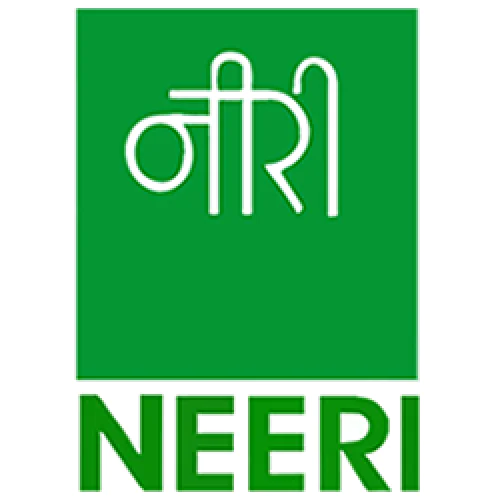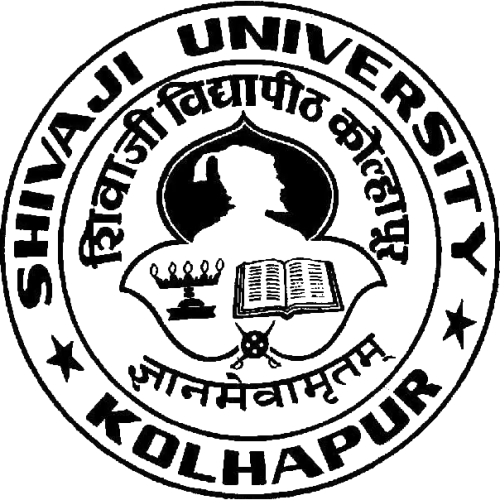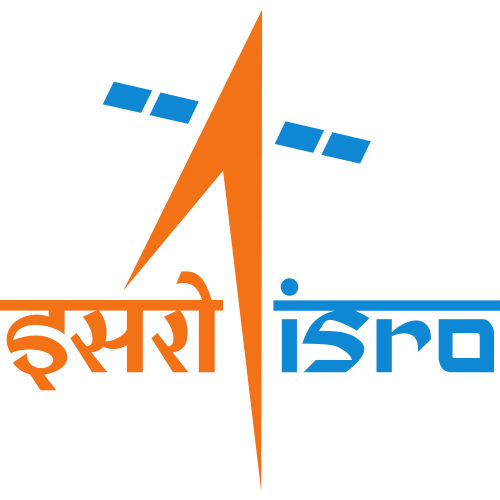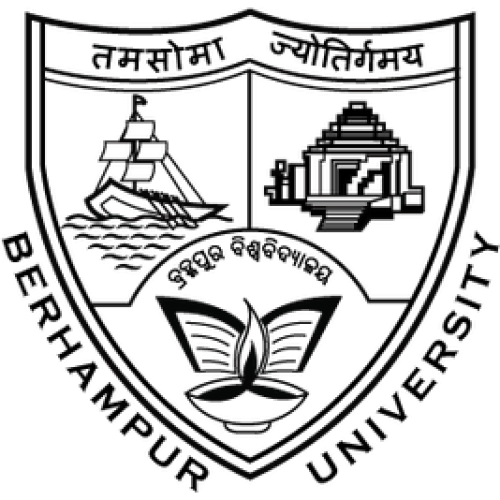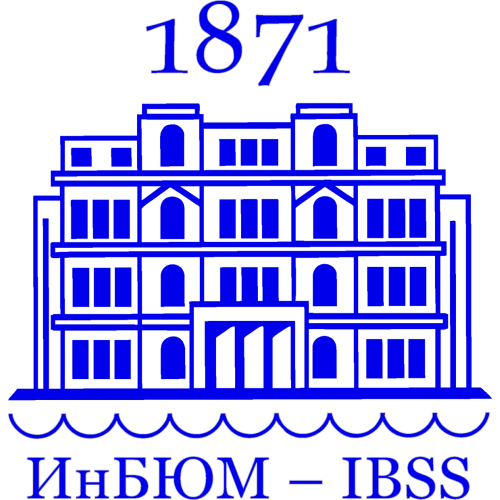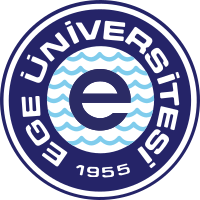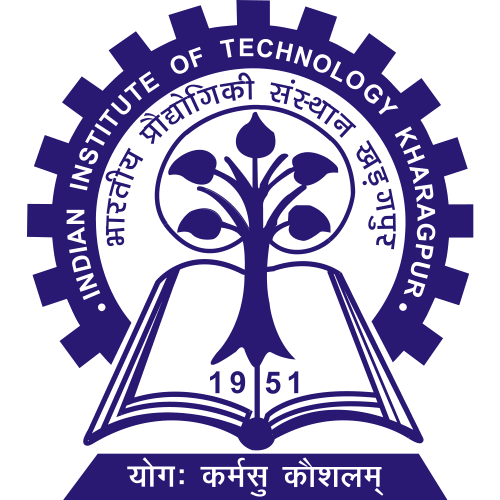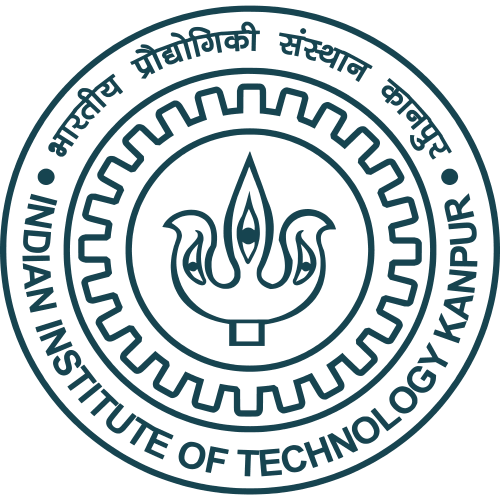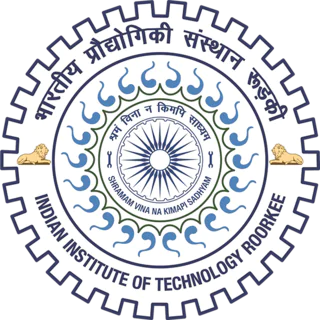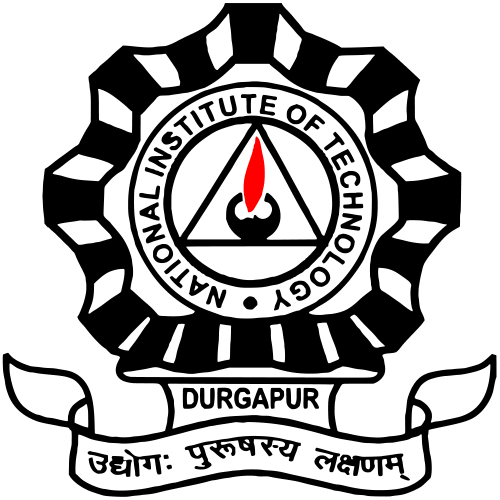|
|
|
|
University of Lucknow
116 publications, 3.43%
|
|
|
Andhra University
109 publications, 3.22%
|
|
|
Indian Institute of Science
101 publications, 2.98%
|
|
|
University of Madras
83 publications, 2.45%
|
|
|
University of Mysore
58 publications, 1.71%
|
|
|
Sri Venkateswara University
52 publications, 1.54%
|
|
|
Presidency University
49 publications, 1.45%
|
|
|
Sardar Patel University
45 publications, 1.33%
|
|
|
Indian Agricultural Research Institute
39 publications, 1.15%
|
|
|
Panjab University
37 publications, 1.09%
|
|
|
University of Rajasthan
35 publications, 1.03%
|
|
|
Annamalai University
34 publications, 1%
|
|
|
Bangalore University
34 publications, 1%
|
|
|
University of Allahabad
30 publications, 0.89%
|
|
|
University of Delhi
29 publications, 0.86%
|
|
|
Osmania University
28 publications, 0.83%
|
|
|
Bhabha Atomic Research Centre
25 publications, 0.74%
|
|
|
North-Eastern Hill University
25 publications, 0.74%
|
|
|
Punjab Agricultural University
23 publications, 0.68%
|
|
|
Kakatiya University
23 publications, 0.68%
|
|
|
Banaras Hindu University
21 publications, 0.62%
|
|
|
Aligarh Muslim University
21 publications, 0.62%
|
|
|
Dr. Babasaheb Ambedkar Marathwada University
21 publications, 0.62%
|
|
|
University of Calcutta
20 publications, 0.59%
|
|
|
Karnatak University
20 publications, 0.59%
|
|
|
University of Lahore
19 publications, 0.56%
|
|
|
Central Marine Fisheries Research Institute, Indian Council of Agricultural Research
18 publications, 0.53%
|
|
|
National Botanical Research Institute
17 publications, 0.5%
|
|
|
Kurukshetra University
16 publications, 0.47%
|
|
|
National Institute of Oceanography
15 publications, 0.44%
|
|
|
University of Calicut
14 publications, 0.41%
|
|
|
Savitribai Phule Pune University
13 publications, 0.38%
|
|
|
Central Inland Fisheries Research Institute, Indian Council of Agricultural Research
13 publications, 0.38%
|
|
|
Punjabi University
10 publications, 0.3%
|
|
|
Himachal Pradesh University
10 publications, 0.3%
|
|
|
Jai Narain Vyas University
10 publications, 0.3%
|
|
|
Tata Memorial Centre
9 publications, 0.27%
|
|
|
Kumaun University
9 publications, 0.27%
|
|
|
Jawaharlal Nehru University
8 publications, 0.24%
|
|
|
University of Kerala
8 publications, 0.24%
|
|
|
Bharathidasan University
8 publications, 0.24%
|
|
|
Loyola College
8 publications, 0.24%
|
|
|
Birla Institute of Technology and Science, Pilani
7 publications, 0.21%
|
|
|
University of Hyderabad
7 publications, 0.21%
|
|
|
University of Jammu
7 publications, 0.21%
|
|
|
Gujarat University
7 publications, 0.21%
|
|
|
Madurai Kamaraj University
7 publications, 0.21%
|
|
|
University of Agricultural Sciences, Bangalore
7 publications, 0.21%
|
|
|
Maharaja Sayajirao University of Baroda
6 publications, 0.18%
|
|
|
Gulbarga University
6 publications, 0.18%
|
|
|
Central Potato Research Institute, Indian Council of Agricultural Research
6 publications, 0.18%
|
|
|
Central Salt and Marine Chemicals Research Institute
5 publications, 0.15%
|
|
|
Mohanlal Sukhadia University
5 publications, 0.15%
|
|
|
Central Arid Zone Research Institute, Indian Council of Agricultural Research
5 publications, 0.15%
|
|
|
Indian Institute of Technology (Indian School of Mines) Dhanbad
4 publications, 0.12%
|
|
|
University of Basrah
4 publications, 0.12%
|
|
|
Central Drug Research Institute
4 publications, 0.12%
|
|
|
International Crops Research Institute for the Semi-Arid Tropics India
4 publications, 0.12%
|
|
|
Topiwala National Medical College and B.Y.L. Nair Charitable Hospital, Mumbai
4 publications, 0.12%
|
|
|
Saurashtra University
4 publications, 0.12%
|
|
|
Lady Hardinge Medical College
4 publications, 0.12%
|
|
|
University of Kalyani
4 publications, 0.12%
|
|
|
University of Mumbai
3 publications, 0.09%
|
|
|
Tata Institute of Fundamental Research
3 publications, 0.09%
|
|
|
Sri Krishnadevaraya University
3 publications, 0.09%
|
|
|
Hemwati Nandan Bahuguna Garhwal University
3 publications, 0.09%
|
|
|
St. John's Medical College
3 publications, 0.09%
|
|
|
Central Food Technological Research Institute
3 publications, 0.09%
|
|
|
Bidhan Chandra Krishi Viswavidyalaya
3 publications, 0.09%
|
|
|
Govind Ballabh Pant University of Agriculture and Technology
3 publications, 0.09%
|
|
|
Chaudhary Sarwan Kumar Himachal Pradesh Krishi Vishvavidyalaya
3 publications, 0.09%
|
|
|
University of Cambridge
3 publications, 0.09%
|
|
|
University of North Carolina at Chapel Hill
3 publications, 0.09%
|
|
|
Central Institute for Cotton Research, Indian Council of Agricultural Research
3 publications, 0.09%
|
|
|
CSIR-National Chemical Laboratory
2 publications, 0.06%
|
|
|
Jadavpur University
2 publications, 0.06%
|
|
|
University of Kashmir
2 publications, 0.06%
|
|
|
Guru Nanak Dev University
2 publications, 0.06%
|
|
|
Visva-Bharati University
2 publications, 0.06%
|
|
|
Indian Veterinary Research Institute
2 publications, 0.06%
|
|
|
Dr. Hari Singh Gour University
2 publications, 0.06%
|
|
|
National Environmental Engineering Research Institute
2 publications, 0.06%
|
|
|
Shivaji University
2 publications, 0.06%
|
|
|
Indian Space Research Organisation
2 publications, 0.06%
|
|
|
Berhampur University
2 publications, 0.06%
|
|
|
University College London
2 publications, 0.06%
|
|
|
University of Dundee
2 publications, 0.06%
|
|
|
Queen Mary University of London
2 publications, 0.06%
|
|
|
University of California, Davis
2 publications, 0.06%
|
|
|
Lancaster University
2 publications, 0.06%
|
|
|
Gunma University
2 publications, 0.06%
|
|
|
Agriculture and Agri-Food Canada
2 publications, 0.06%
|
|
|
Central Plantation Crops Research Institute, Indian Council of Agricultural Research
2 publications, 0.06%
|
|
|
Agricultural Research Service
2 publications, 0.06%
|
|
|
A. O. Kovalevsky Institute of Biology of the Southern Seas of the Russian Academy of Science
1 publication, 0.03%
|
|
|
Ege University
1 publication, 0.03%
|
|
|
Indian Institute of Technology Kharagpur
1 publication, 0.03%
|
|
|
Indian Institute of Technology Kanpur
1 publication, 0.03%
|
|
|
Indian Institute of Technology Roorkee
1 publication, 0.03%
|
|
|
National Institute of Technology Durgapur
1 publication, 0.03%
|
|
|
|
|



